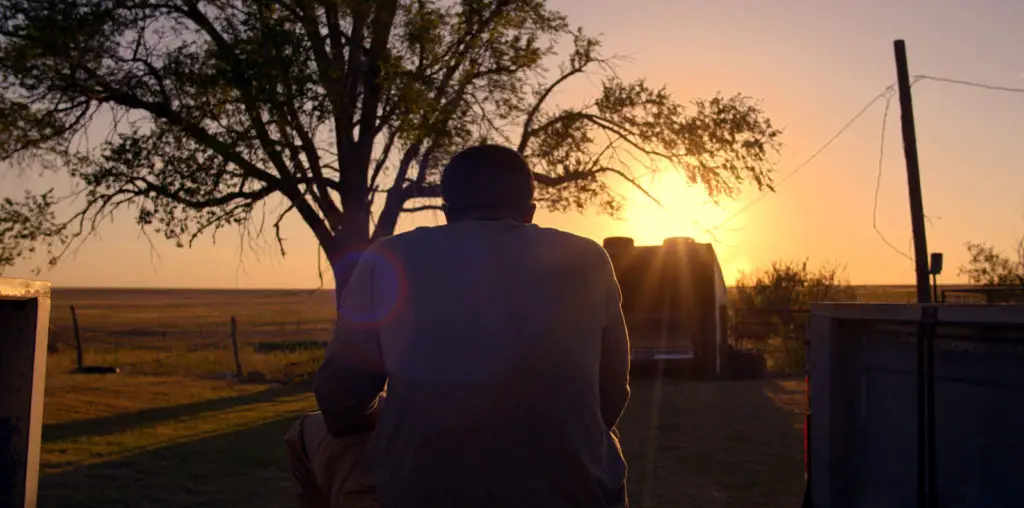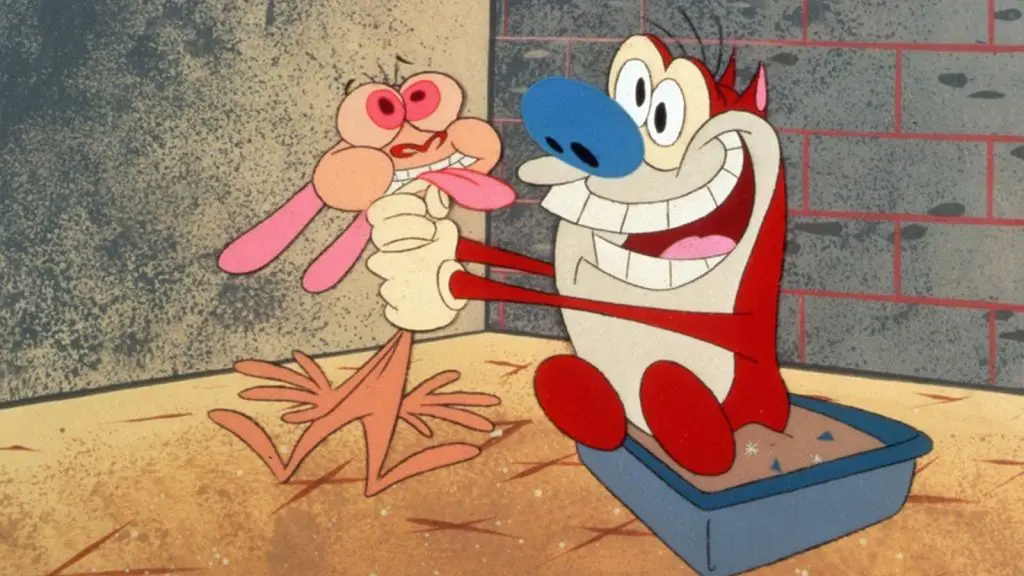
Over the course of my life, my father and I have gotten into some odd conversations and arguments about music, usually where our tastes diverged. One of them related to a bet he got in with a younger co-worker one day, that he hoped I’d back him up on. The bet was over the song “Cum On Feel The Noize,” and his co-worker’s assertion that the song was a Quiet Riot original. My Dad swore it was a cover, originally recorded by the band Slade in the early ’70s, and he had the album to prove it (this was pre-Wikipedia). My answer? Being a child of the ’80s, I went with Quiet Riot too… and I was totally wrong. Hell, “Mama Weer All Crazee Now” was a Slade tune too!
I share that tidbit to give you an idea of where my Quiet Riot knowledge has, until this day, lived and died. I knew the Metal Health album, though I came to it later in life (I was more into Return of the Jedi during that timeframe, though I remember seeing that album cover and being haunted for years long before I actually listened to it all the way through). Basically, my knowledge of Quiet Riot revolved around the radio hits, and that’s roughly it.
So I came into Regina Russell’s feature documentary about Quiet Riot, Well Now You’re Here, There’s No Way Back, prepared to learn a few things. And I absolutely had my eyes opened. For one, since hair metal was something that I just suddenly realized was everywhere one day, I didn’t have any idea that Quiet Riot was the band that ushered in that era. I knew what iconic lead singer Kevin DuBrow looked and sounded like, but I couldn’t have told you anything about anyone else in the band, or even pick them out of a line-up; something that, frankly, even longtime fans of the band might’ve had difficulty with. If the running gag in This Is Spinal Tap is that they can’t keep a drummer, the running gag in Quiet Riot is that every position in the band has had revolving members, with the drummer winding up as the most consistent of them all. I can’t even get into the plight of on-again-off-again bassist Chuck Wright, who is the victim of some of the film’s most humorous moments due to the prevailing ignorance of his legacy with the band. If you want a crash course in Quiet Riot, you’ll get it.
But that’s not all there is. The spine of this film isn’t about the band’s rise to glory, or a greatest hits run through with talking heads proclaiming the band’s greatness at every turn (though some of that does exist). It’s about a friendship and what it takes to survive when you lose, or think you’ve lost, something integral to your very soul. In this case, the enduring friendship between lead singer DuBrow and drummer Frankie Banali is a consistent touchstone, delivering the band through good times and bad, that is shattered when DuBrow overdoses on a mix of substances in 2007. Without his best friend, the only other truly enduring member of Quiet Riot over the years, Banali finds himself adrift in life and unable to continue playing music as Quiet Riot.
Over time, opportunities arise to honor DuBrow, and these move Banali back into the drummer’s seat, which in turn inspire him that perhaps Quiet Riot can continue. As he moves forward with the idea, he gets static from the faithful who believe DuBrow irreplaceable, deals with his own issues of anger and resentment towards his dead friend for abandoning him and the band and, slowly, rekindles the spark of love for music that got him drumming in the first place. As much as the film is about Quiet Riot, it is predominantly about Frankie Banali, and that place where those two elements have become inseparable.
Which is not remotely a bad thing. I think it would’ve been easy to just create a lazy extension of the band’s Behind the Music episode, but this film delivers something more human than myth-making that we can all relate to in some way. We get to see the reality of a band that is far beyond its heyday but still going, or at least attempting to stay out there despite being dismissed and, in some cases, let down by their own endeavors. This could’ve been nothing but sex, drugs and rock and roll (and there’s certainly that in here too), but it finds a more human core when it explores Banali and DuBrow’s friendship, and the life-altering fallout of that kinship, for better or worse. It’s a film about Quiet Riot, and it works in that way, but it excels as a film about friendship, survival, responsibility and personal identity.


I would love to see this, it hasnt been at any theaters in my area, when will it be on DVD for me to buy it?? Thanks!!
I can’t wait to see it! Will it be in theaters or straight to DVD? I’m curious where I can see it. Nice review.